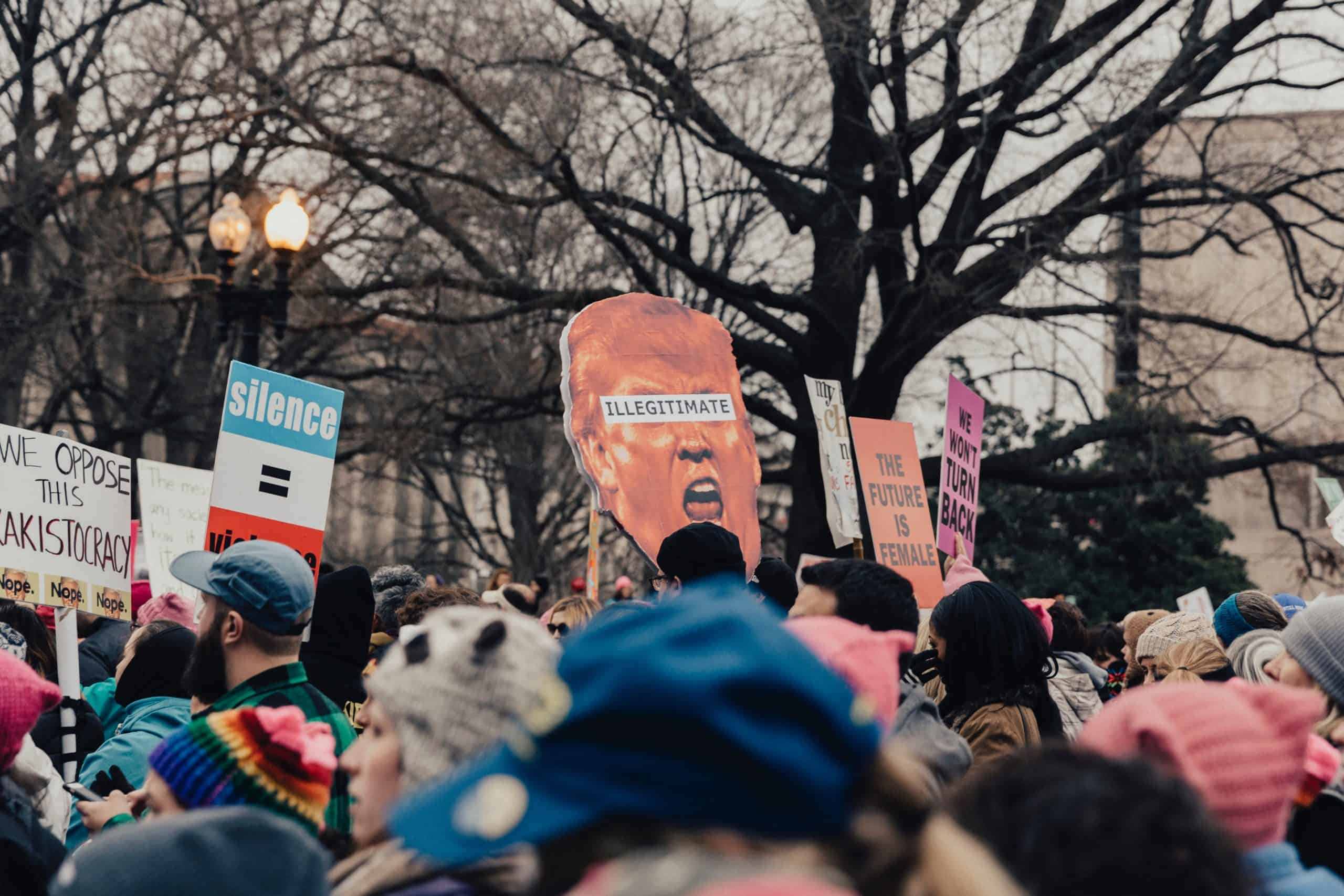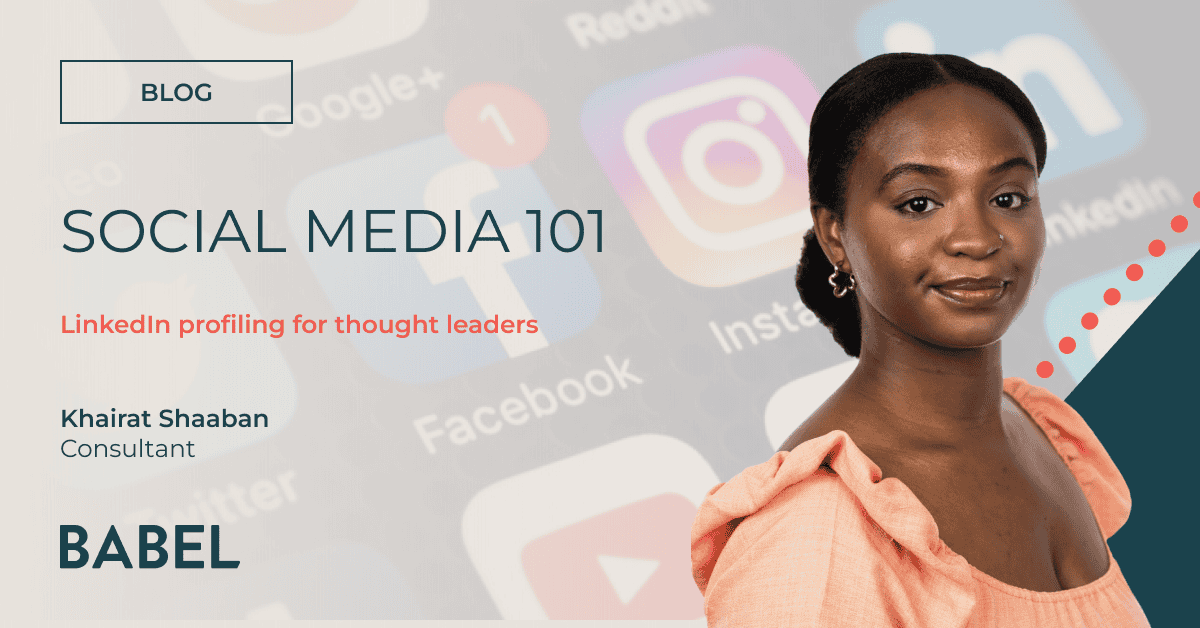
Will modern technology Trump the traditional media tour?
The result of the US election has come as a devastating blow to many this week. Yet what is equally shocking is how both candidates were still standing after a gruelling, 19-month campaign trail. During this time, Trump and Clinton moved up and down America participating in what was essentially a two-year media tour, working tirelessly to spread their core values and policies, and take the opportunity to meet potential voters face-to-face.
Media tours have always played an integral role in political communications campaigns, and nowhere is this more evident than in the US; a nation which can be credited with creating the technique. But how much value do they hold in modern day business communication campaigns? And how have media tours moved on from initial creation?
Let’s go back to where it all began. American Edward Bernays coined the phrase ‘public relations’ in 1919, but it wasn’t until the 1940s that media tours really made their mark. This was motivated by the need to raise funds to support US war efforts, as the country entered into WWII in 1941 following the Japanese attack on Pearl Harbour. War financing had begun covertly in 1940 when Secretary of the Treasury Henry Morgenthau Jr started planning a national defence bond programme. However, encouraging war financing amongst a US public fatigued by fighting would be a hard sell.
Enter PR! The War Finance Committee was put in charge of supervising the sale of all bonds, and the War Advertising Council promoted voluntary compliance with bond buying. Rallies took place, in an effort to engage the public, but the campaign really reached its peak in 1945, thanks to a fully-fledged media tour which raised $26.3 billion, twice the campaign’s goal.
The value in media tours then, lies in building strong relationships with the public to drum up support. And they still have an important role to play in modern PR today. Here at Babel we have years of experience organising press tours on behalf of our clients. These tactics are of particular importance during the build-up to an event, when public and media interest are at their greatest. Trump and Clinton’s 19-month marathons show the value of this in the political space, whereas in the tech space our team are gearing up to the biggest ‘press tour’ in the mobile sector – Mobile World Congress.
Yet in today’s landscape of instant communication, real-time video and the advent of VR and AR technology, does the traditional media tour still stand up? Just this month, tech heavyweight Intel announced that, via its purchase of 360-degree content creator Voke, it will be transforming how sports and live events are streamed to consumers. Could the first VR media tour be just around the corner? While technology is blurring the lines between reality and possibility, it brings companies ever closer to their target audiences in the blink of an eye, and in an impressively futuristic manner. But at what cost?
From our experience at Babel, amid recent technological innovation there is still a place for human interaction. Face-to-face, in-the-flesh meetings enable companies to demonstrate a personal side to a company and often unearth juicier news stories as a result – the company involved gains a direct platform for its message and a basis on which to build lasting relations. While live broadcasts definitely helped Trump and Clinton get their messages out to an even greater audience during campaign, it can’t fully replicate the impactful nature of being up close and personal at rallies with individual voters. Which is why there will always be a time and place for the traditional media tour. But it will be interesting to see how this changes in light of new technologies in the future.





